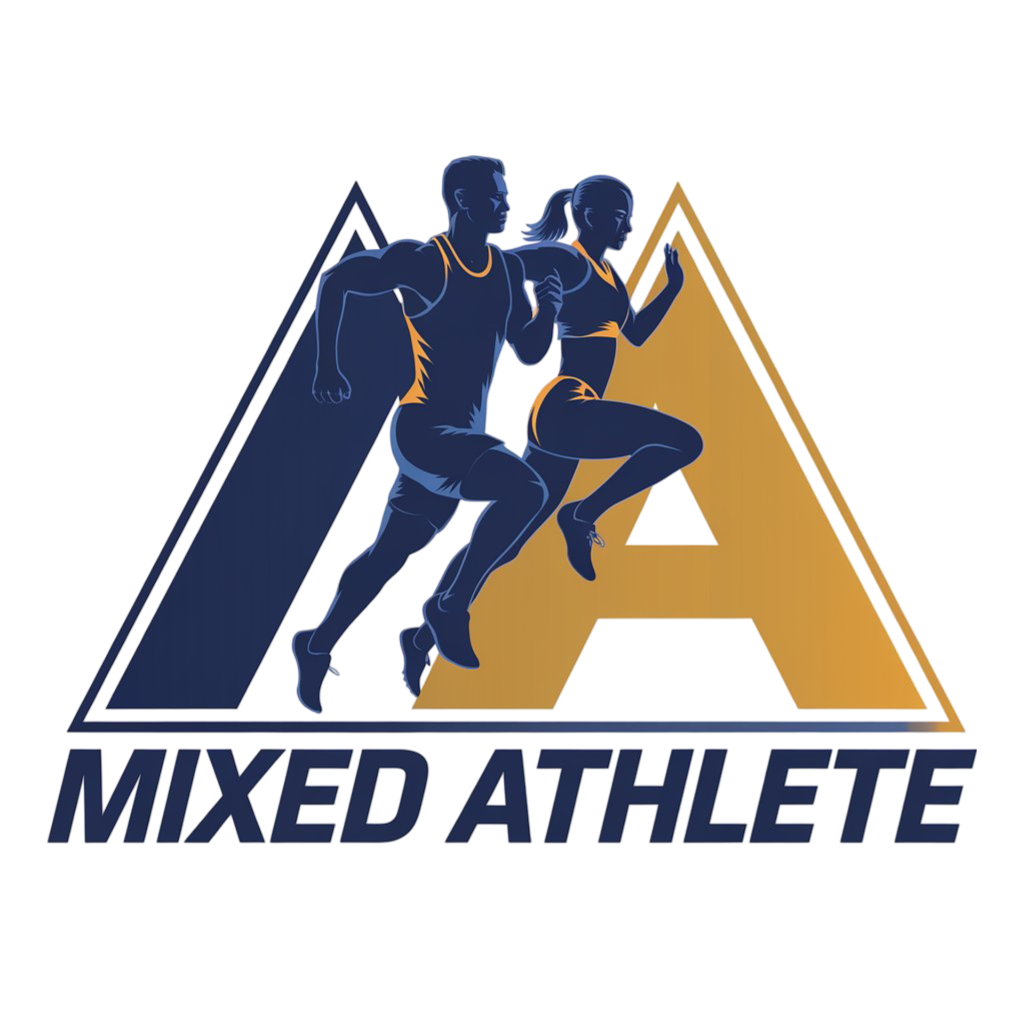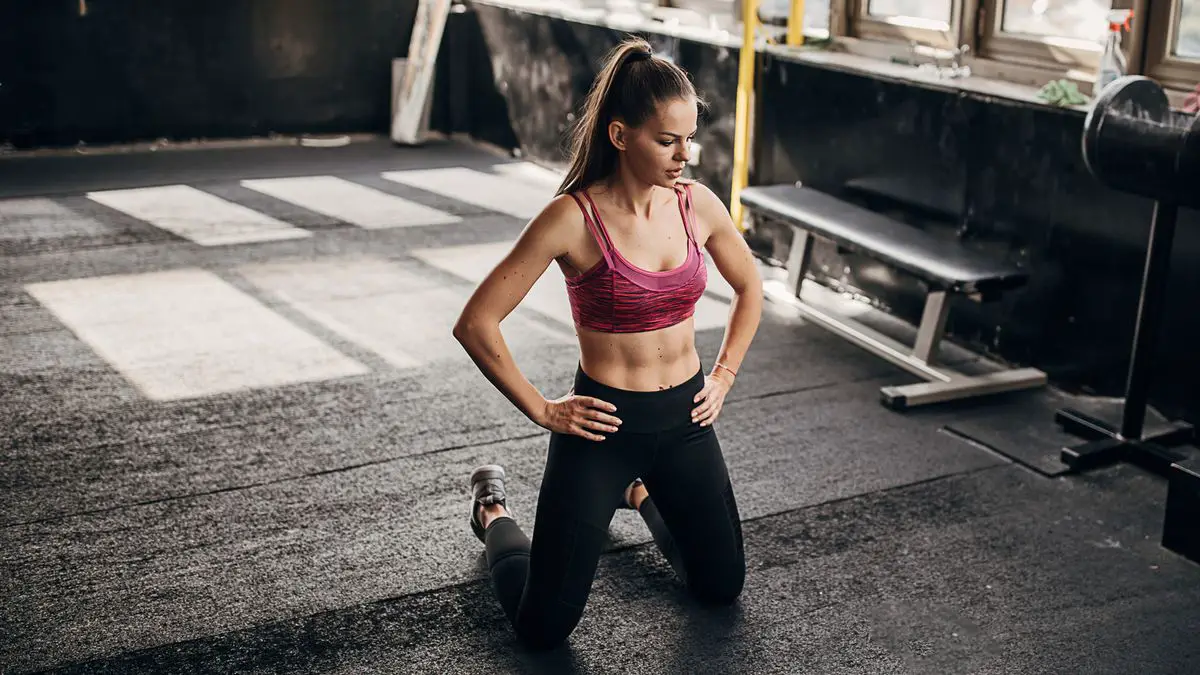Stretching should be a key part of a well-rounded exercise program, said Dr. Ian K. Smith, author of “Eat Your Age,” and formerly of the television show “The Doctors,” a syndicated talk show featuring medical advice.
“There are three basic categories that are important to every age: cardiovascular, strength training and stretching,”. Smith said. “As we age, the body’s natural tendency is to contract. We lose height as we age. Stretching keeps our limbs limber, and people should really start in their 30s.”
A European study that examined the effects of stretching exercises on muscle strength and flexibility found stretching brought gains in muscle power for older participants, and flexibility gains when participants of all ages made it a regular habit.
There’s also evidence that stretching can bring cardiovascular benefits. A study in Australia and China suggested stretching could help reduce pain in those suffering from arthritic knees.
A well-known way to stretch in a social setting is to attend a yoga class. Yoga as practiced in the United States typically emphasizes physical postures (asanas), breathing techniques (pranayama) and meditation (dyana), according to the National Institutes of Health. The practice can improve general wellness by relieving stress, supporting good health habits, and improving mental/emotional health, sleep and balance, the NIH said.
If you don’t like yoga, try assisted stretching
But many Americans have passed on yoga.
An overwhelming majority of U.S. adults (84%) say they seldom or never practice yoga, according to the Pew Research Center. About 1 in 10 say they do yoga at least a few times a month mainly for health, enjoyment or other reasons. Another 4% of U.S. adults say they practice yoga at least monthly primarily to feel connected with their “true self,” with something bigger than themselves or with other people.
If yoga isn’t for you, assisted stretching with a qualified instructor can be an alternative.
The practice can have the same benefits as yoga, Pilates or massage therapy, according to researchers at the University of Colorado. Assisted stretching can also increase range of motion while reducing likelihood of injury, according to the Cleveland Clinic.
At Stretch Zone in Buckhead, mobility therapist Andrea Chiera helps clients obtain the benefits of a yoga practice with the attention of a one-on-one trainer.
“Not everyone wants to participate in a yoga class, but everyone wants that experience,” Chiera said. “We provide all the benefits of yoga, but we do it for you.”
When she begins a session with a client, she helps the client warm up and then tests the person’s existing range of motion to understand which area the client would like her to focus on.
“If your body is used to sitting around a lot, the hip flexors get set,” she said. “Lifestyle or injuries can reduce flexibility. People can seek relief at a chiropractor, but it really only lasts a few days.”
The assisted stretching experience is not unlike a visit to a kinesiotherapist, since many of the practitioners have training in this field.
Kinesiology is the study of body-movement mechanics. Kinesiotherapists use rehabilitative exercise, reconditioning and physical education to treat patients who have problems moving in any way, according to the U.S. Bureau of Labor Statistics.
Assisted stretching is also very hands on, which can bring the benefits of touch.
Touch can have a calming effect, alter the way stress is handled, and promote mental and physical health, according to a team of researchers from Canada, Germany and Norway.
The experience of joining a yoga class or working with an assisted stretching practitioner can also reduce loneliness, especially in seniors and retired people. Loneliness doesn’t just feel bad, but can harm one’s health, as The Atlanta Journal-Constitution reported.




